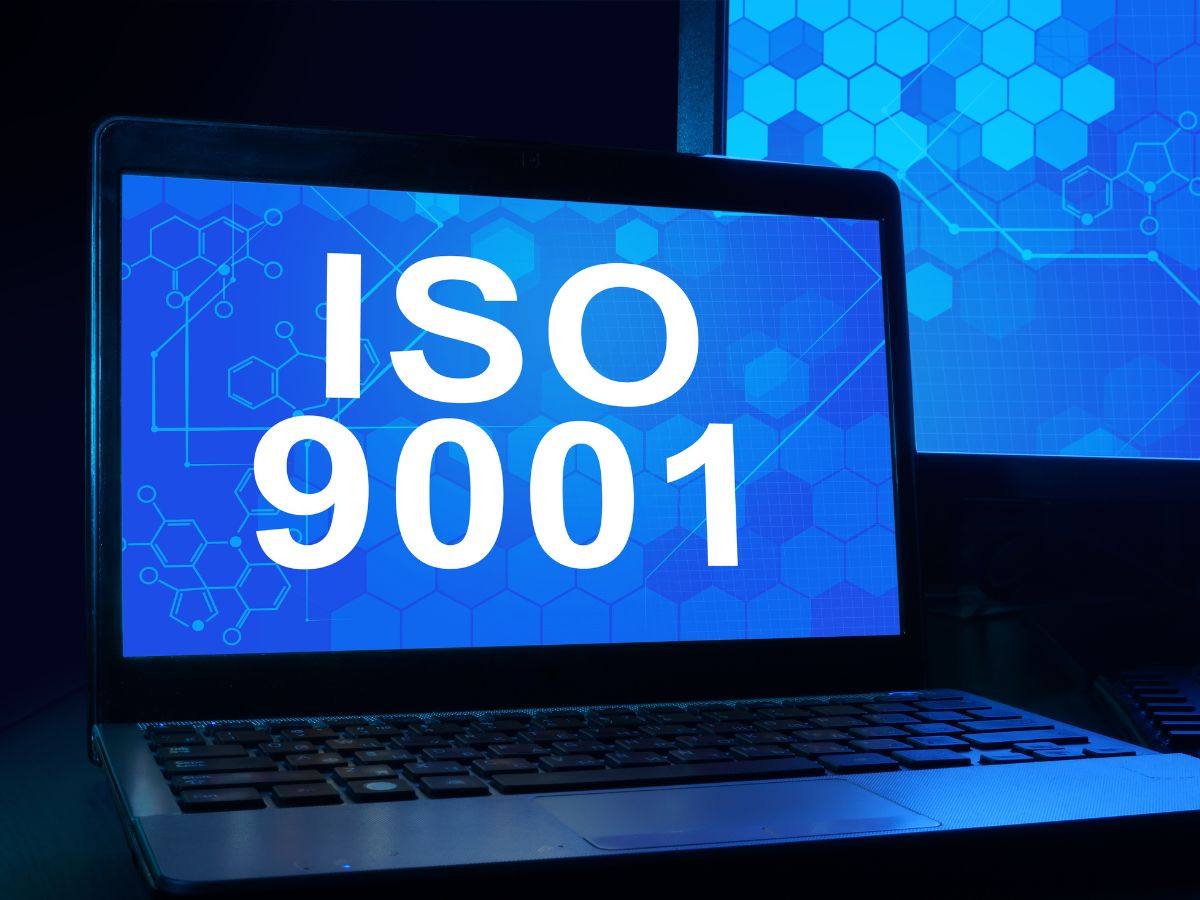The stages in building confidence
In any production process, trust is more than just a desirable quality, it is the foundation upon which long-term success and partnerships is built.

Extended Kalman filters
The Extended Kalman Filter (EKF) are powerful algorithms widely used in inertial sensor systems to estimate states such as position, velocity, and orientation in real-time.
Unlike the standard Kalman filters, which assumes linear dynamics, the EKF are designed to handle the nonlinear relationships inherent in inertial sensors like accelerometers and gyroscopes. By linearizing the system around the current state estimate, the EKF predict the next state and updates it using sensor measurements, effectively reducing the impact of noise and biases.
We have developed cutting edge data fusion algorithms, tailored for the inertial navigation needs. Depending on platforms, we operate either loosely or tightly coupled INS/GNSS extended Kalman filters (EKF) to enable the best performance in each application whether it is aerial, terrestrial, or marine.

Advanced motion profiles
Motion profiles for inertial sensors are mathematical or algorithmic representations of movement patterns that describe how velocity, acceleration, and position change over time.
These profiles are essential for interpreting raw data from accelerometers, gyroscopes, and magnetometers, enabling accurate tracking of an object’s motion in 3D space. By modeling specific patterns, such as linear, rotational, or complex dynamic movements, motion profiles allow systems to predict and compensate for errors like sensor drift or noise.
We take a great care in refining our IMU and aiding equipment error models to ensure optimal performance is obtained with a wide range of equipment: IMU, GNSS, Dual antenna heading, magnetometer, odometer (DMI), DVL, and others.
Our navigation filter also integrates your specific vehicle constrains, like automotive dynamic constraints, or marine enhanced altitude computation.

ISO 9001 certification
We have obtained the ISO 9001:2015 Certification for our quality management system and organization, which aims to be more reliable and responsive in terms of quality and deadlines, to be able to offer our products to ever more customers and projects, and to strengthen our international presence.
A key aspect of ISO 9001:2015 is the emphasis on risk-based thinking. Organizations must identify potential risks and opportunities that could affect product or service quality and take proactive measures to address them.
Additionally, they must establish mechanisms for monitoring, measuring, analyzing, and evaluating the effectiveness of their QMS. Regular internal audits and management reviews are essential components of maintaining certification. These activities help organizations identify areas for improvement. When necessary, corrective actions are implemented to address any non-conformities.
Organizations seeking ISO 9001:2015 certification undergo an external audit by a certified body, in our case Bureau Veritas. Successful completion of this audit results in the issuance of the certification, demonstrating the organization’s dedication to quality and continuous improvement. ISO 9001:2015 certification not only enhances customer satisfaction but also provides a competitive advantage in the marketplace.

